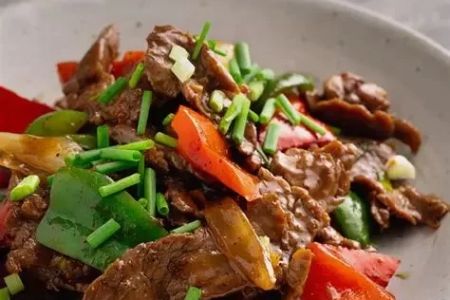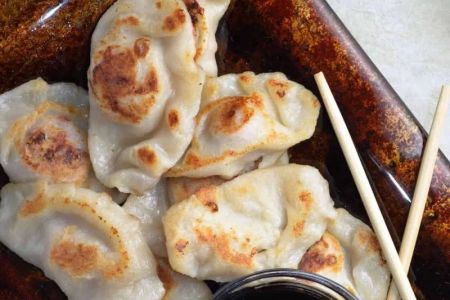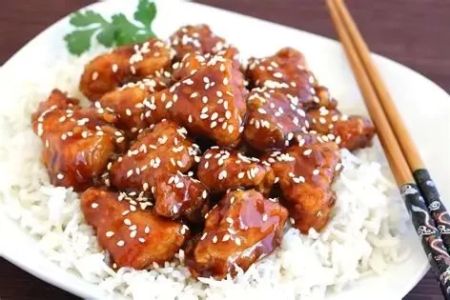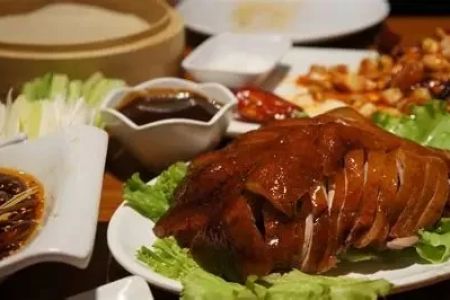- 1-Setting-Up-Your-Instagram-Account
- 2-Defining-Your-Niche-And-Content-Strategy
- 3-Creating-High-Quality-Chinese-Food-Content
- 4-Engaging-With-The-Instagram-Community
- 5-Using-Hashtags-And-Captions-Effectively
- 6-Monitoring-Growth-And-Adapting-Your-Approach
1. Setting Up Your Instagram Account
Creating a Chinese food Instagram account begins with setting up a dedicated profile that reflects your passion for Chinese cuisine. Choose a memorable and relevant username that clearly indicates your focus, such as “AuthenticChineseBites” or “WokAndRollEats.”
Next, craft a compelling bio that highlights what followers can expect — from traditional recipes and restaurant reviews to cooking tips. Use a recognizable profile picture, such as your logo or an appetizing dish, to establish brand identity.
2. Defining Your Niche and Content Strategy
To stand out on Instagram, define a clear niche within Chinese food culture. This could be regional dishes, street food, vegan options, or even fusion cuisine. Developing a content strategy focused on your niche helps attract targeted followers genuinely interested in your posts.
Plan a mix of content types like photos, videos, reels, and stories. For example, showcase cooking processes, ingredient spotlights, and restaurant visits. A consistent posting schedule keeps your audience engaged and encourages growth.
3. Creating High-Quality Chinese Food Content
High-quality visuals are essential for food Instagram accounts. Invest in good lighting, use a decent camera or smartphone, and experiment with angles to make your Chinese dishes look irresistible.
Editing apps can enhance colors and textures while maintaining authenticity. Beyond photos, videos and reels featuring recipe tutorials or dining experiences offer dynamic engagement. Remember, authenticity resonates, so highlight the rich flavors and stories behind Chinese cuisine.
4. Engaging with the Instagram Community
Building an active community involves more than posting content. Respond to comments, participate in conversations, and collaborate with other food bloggers or local Chinese restaurants.
Sharing user-generated content and encouraging followers to tag your account increases visibility. Hosting giveaways or challenges related to Chinese food also fosters interaction and loyalty.
5. Using Hashtags and Captions Effectively
Hashtags connect your posts to broader audiences. Use a combination of popular and niche hashtags such as #ChineseFoodLovers, #DimSumDelight, and #AuthenticChineseCuisine to reach relevant users.
Craft captions that tell stories or share cultural insights, making posts more relatable and memorable. Questions and calls to action in captions invite follower engagement and create community.
6. Monitoring Growth and Adapting Your Approach
Regularly analyze Instagram insights to understand what content resonates most. Track follower growth, engagement rates, and the best times to post.
Adapt your strategy by experimenting with new formats or themes. Staying flexible and responsive to audience feedback helps sustain momentum and build a loyal following.
For more inspiration, tools, and recommendations on authentic Chinese cuisine and social media strategies, visit Chinese Food. Whether you’re a food enthusiast or aspiring influencer, this resource offers valuable support to help your Chinese food Instagram account thrive.







